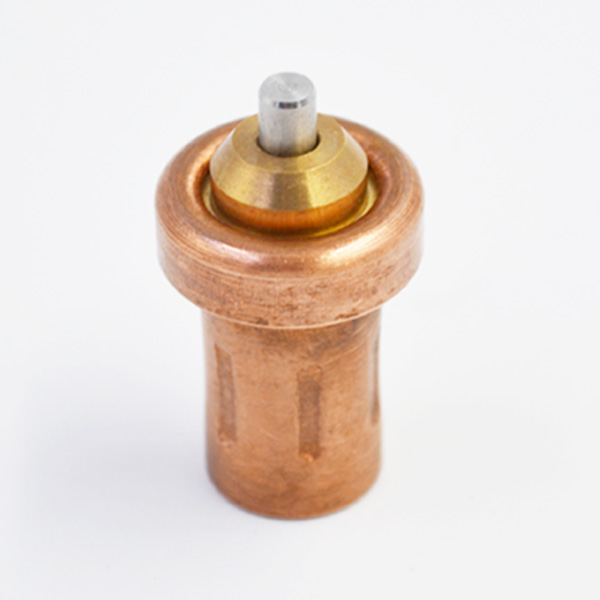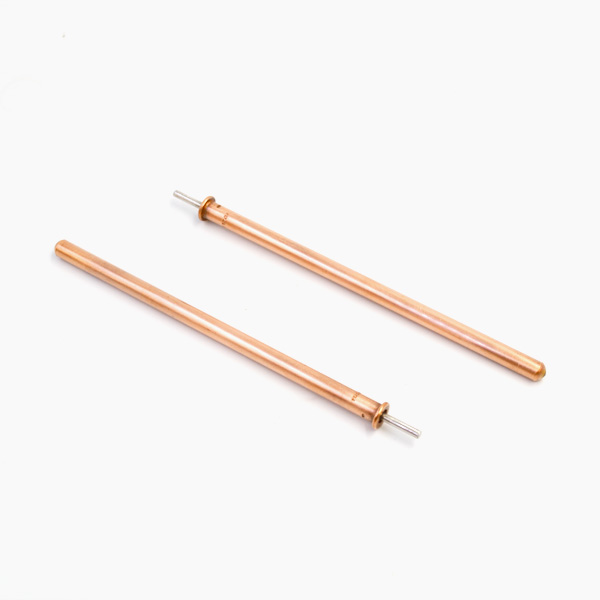Based on MSP430F169 single-chip computer, Hall sensor, LCM12864, IR2130 special MOSFET chip, the brushless DC motor control system is composed of electric vehicle. The MSP430 C program is written into MSP430F169 chip, and the PWM signal is generated by the built-in timer of the single chip computer to realize voltage regulation. The position signal of the rotor is collected by Hall sensor and processed by the single chip computer to output the PWM bridge control signal and the MOSFET commutation circuit of the IR2130 chip. Then the design of the brushless DC motor control system is realized. With the advantages of zero pollution, high performance and low noise, electric vehicles have been strongly supported by governments of all countries, thus the electric vehicle industry has developed rapidly. Brushless DC motor has not only the advantages of simple structure, reliable operation and convenient maintenance of AC motor, but also the excellent starting performance and speed regulation characteristics of DC motor. It is very suitable for electric vehicle power system. The motor control system with excellent performance is very important for the safe and efficient operation of electric vehicles. Brushless DC motor control system has three types of structure: analog, digital and special motor control chip. Among them, analog control system has been phased out because of its complex structure and complicated control. Despite its excellent performance, special control chips for motors are often expensive.
The digital control system with MCU as its core works stably and its price is relatively low. The controller is very suitable for the occasion where the control precision is not high. The system uses MSP430F169 as the control core, IR2103 as the driver chip of MOSFET in the inverting circuit, LCM12864 as the display, and the method of voltage regulation and speed regulation to realize the system function of brushless DC motor control. MSP430F169 MCU, keys, display and reset circuit constitute the MCU control system. PWM duty cycle and output voltage are adjusted by keyboard input. The MCU system monitoring program is programmed in 430C language. P4.1-P4.6 is a six-channel PWM pulse signal emitted by MSP430F169, which is processed by logic of three input signal processors in IR2130. The corresponding pulse signal of driving three low-voltage side power MOSFET devices is amplified by three output drivers and sent directly to the gate of driving power MOSFET devices at low-voltage side. The driving signals H1, H2 and H3 on the high-voltage side are first processed by three pulse processing and level shifter (PGLS), then latched by three corresponding output latches, and tested by the driving pulse voltage, then sent to the output driver for power amplification, and then to the gate of the driven power MOSFET device. Once the external circuit has over-current or through-short circuit fault, the fault logic processing unit will output to low level after being processed by the internal comparator of IR2130. On the one hand, the output of IR2130 will be all low level, which ensures that the gate and source of six driven power MOSFET devices will be swiftly reversed and all cut off, and the power transistor will be protected. On the other hand, the output of IR2130 will be all low level. The pin 8 outputs the signal and sends out the sound and light alarm. If the power supply under-voltage fault occurs in IR2130, the under-voltage detector (UVD) flips rapidly. Like the above analysis, all the driven power MOSFET devices can be cut off and reliably protected, and the fault alarm signal can be obtained from pin 8. In addition, the output impedance of six drivers in IR2130 chip is low.
A resistance of 30_is often added between the output pin of driving signal and the gate of MOSFET to prevent the breakdown damage of MOSFET caused by the fast turn-on and turn-off of the direct driving power MOSFET.

The circuit is shown in Figure 2. In this design, three Hall position sensors with 120 degrees difference in space position are used to detect the rotor position variables. With the change of the rotor position in each electrification cycle, the hall position sensor generates an induction pulse with 180 degrees pulse width, and the phase difference of the output signals of the three Hall sensors is 120 degrees. In this way, they generate three rising edges and three falling edges in each rotor cycle, which correspond to six commutation moments of the MOSFET driving circuit. The circuit diagram is shown in Figure 3. LCM12864 module is an external device which can carry out bidirectional data transmission. It can control chip selection signal by software programming to realize the selection of LCM12864 display content. When output and input data (including module commands), the enabler and data line are controlled in time sequence. After receiving the data (including module commands), LCM12864 module decodes the data according to the enabler status and data content, and completes the corresponding operation.

Three ports of MSP430F169 MCU, namely, P6.3, P6.4 and P6.5, collect three level state signals from three Hall sensors. The position detection module first reads the levels of P6.3, P6.4 and P6.5 ports, and then determines the improvement direction by selecting the input signals to the pins of P2.2 and P2.3, changes the corresponding markers, and finally updates the sensor markers. The flow chart of its commutation driver is shown in Figure 4. In this design, PWM voltage regulation and speed regulation are adopted. PWM duty cycle is adjusted by keystroke input signal to P2.0 and P2.1. Different PWM waveforms are formed, thermostatic element and then PWM voltage conversion and speed regulation are carried out through the output of P4.1 to P4.6. Its structure flow chart is shown in Fig. 5. The main content of this design is composed of MSP430F169 single chip computer, LCM12864 and IR2130 special MOSFET driver chip to constitute the speed control system of brushless DC motor. The PWM signal is generated by the built-in timer of the single chip computer to realize voltage regulation. The position signal of the rotor is collected by Hall sensor and processed by the single chip computer to control the MOSFET commutation. The speed display of the brushless DC motor is realized by using LCM12864 display module, and the controller of the brushless DC motor is designed.
